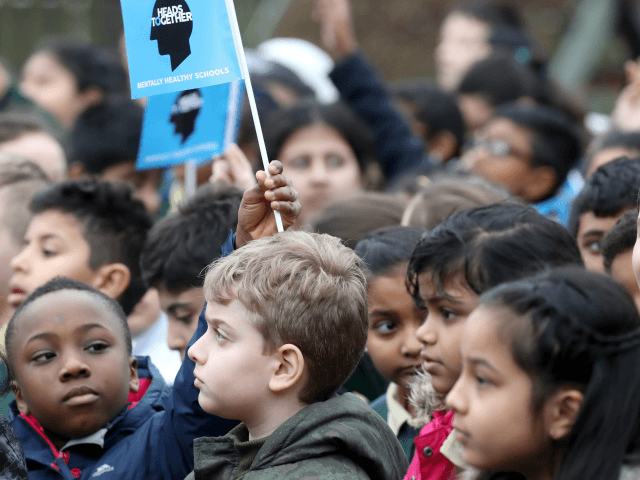New Department for Education statistics show one in eight English schools are ‘failing’, with white working-class pupils served especially badly.
The figures show 12 per cent of mainstream secondary schools are failing to meet the ‘floor standard’ set by the government — an increase of 29 per cent on the previous year, according to Schools Week.
Moreover, they show that pupils who speak English as a second language are now outperforming native speakers for the first time, on every measure recorded by the Department for Education.
The gap was particularly pronounced with respect to the English Baccalaureate, or EBacc, with Teach First executive director Sam Freedman indicating that pupils who speak English as a second language are now 20 per cent more likely to achieve the Ebacc than their native speaker peers in a Twitter thread.
Half of Chinese pupils on FSM achieved the Ebacc last year compared to 5.7% of white British pupils on FSM.
— Sam Freedman (@Samfr) January 25, 2018
Affluence does not appear to be the determining factor in these outcomes — although affluence does continue to correlate with better educational outcomes — with poor white pupils on free school meals lagging far behind minority pupils on free school meals.
Freedman points out that “Black African pupils on free school meals were more than twice as likely to achieve a grade 9-5 in English and Maths GCSE [General Certificate of Secondary Education] than white British pupils on [free school meals],” at 34.7 per cent to 16.9 per cent.
He also notes that fully half of Chinese pupils on free school meals are achieving an EBacc, compared to just 5.7 per cent of white British pupils on free school meals.
“Hard to argue that the biggest problem in our education system isn’t staring us in the face,” Freedman concludes.
Corbyn's Shadow Education Secretary @AngelaRayner MP admits white working class are disadvantaged by focus on ethnic minorities and “women's agendas” – but blames their “culture” for their poor outcomes anyway? https://t.co/bgRrzG5VpW
— Jack Montgomery ن (@JackBMontgomery) January 5, 2018
Secondary schools have been struggling to keep up with the pace of mass migration in recent years, with the number of classrooms handling 36 or more pupils reported to have trebled over just five years in January 2017.
Freedom of Information requests revealed some truly remarkable cases the following November, with one secondary school class in Sutton, south-west London, handling an astonishing 181 pupils, and another two classes in Sefton, Merseyside, and Suffolk handling 141 and 135, respectively.
A further 10 secondary school classes were found to be teaching 70 or more pupils, with 52 teaching 50-plus pupils.
The Local Government Association has predicted that England could face a shortage of nearly 8,000 secondary school places by September 2018, and 125,000 by 2022.

COMMENTS
Please let us know if you're having issues with commenting.